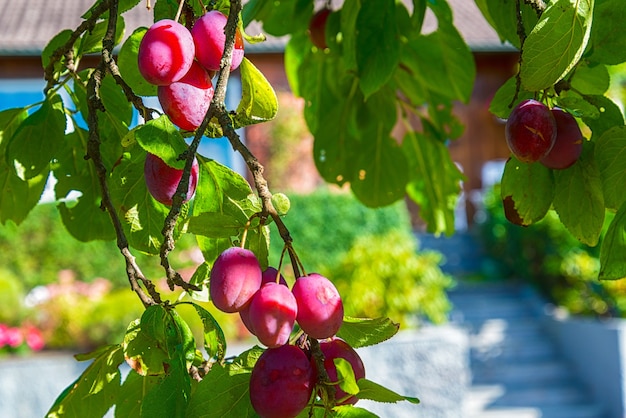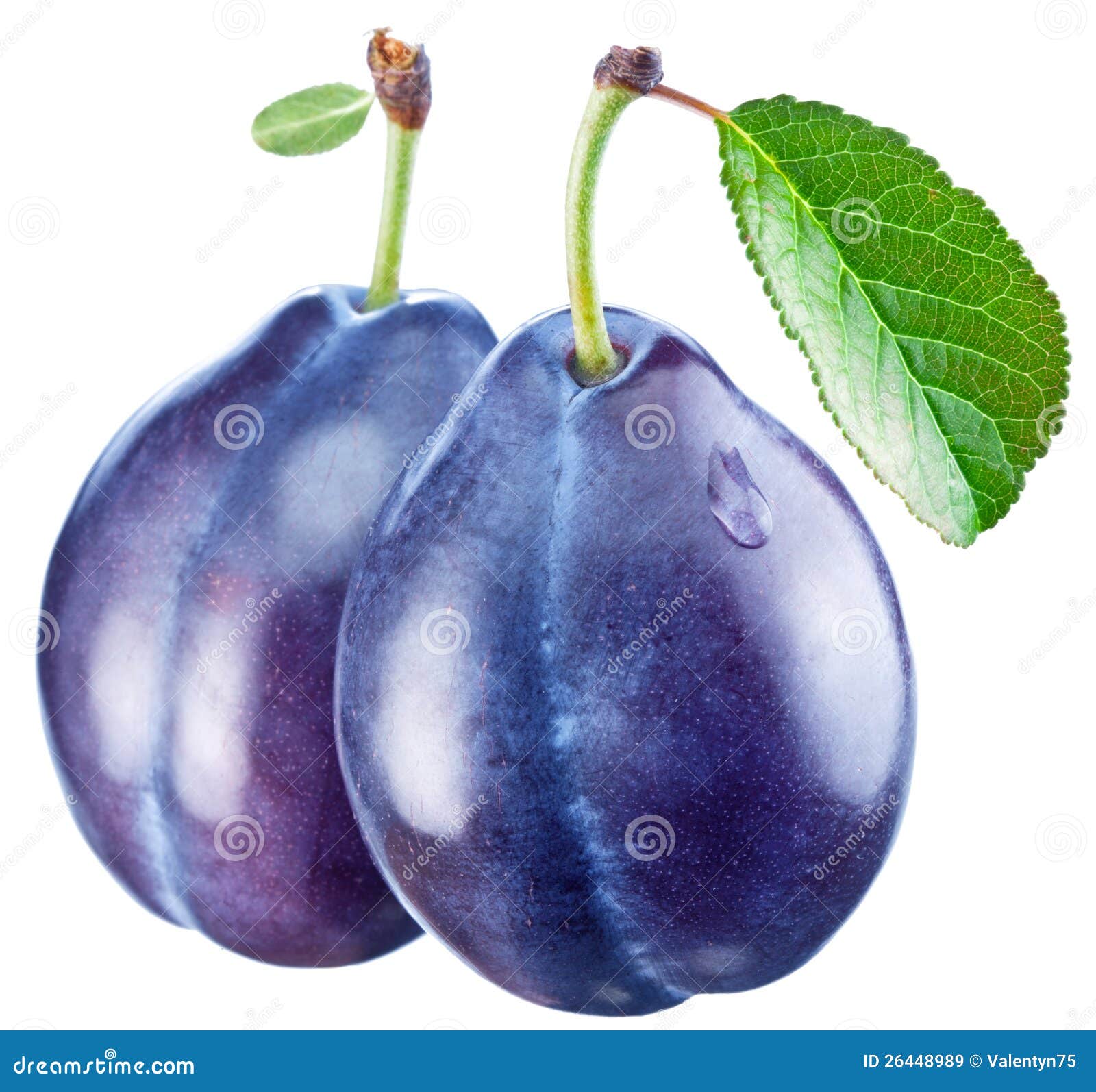

Other compounds of interest in plums are those contained within their pits. Additionally, it can help trap compounds, such as nonanal, which contribute to the flavour of plums. This coating serves two purposes for the fruit: it helps to protect it from fungal infection, and also helps prevent it from losing water. In both cases, the compounds in question are mainly those containing 29 carbons. Around 20% of this coating is made up of long chain alkanes, whilst approximately 48% is made up of long chain alcohols. If you’ve been out picking plums, or even just buying them in the shops, you’ll have notice their skin is often covered by a light, dusty white coating. Individually, these compounds can have a variety of aromas – it’s the particular combination of them that produces the fruity plum scent.

Benzaldehyde, gamma-decalactone, linalool, and methyl cinnamate are just a small number of the compounds that contribute. As with many fruits, a huge range of volatile compounds are contained in plums, and a number of these have been shown to contribute to their aroma. There’s plenty of interesting chemistry pertaining to them before we even move to discuss prunes. Plums are in season in the UK at the moment, which is what prompts the topic for today’s graphic. This is, in part, due to their high fibre content – but is there actually any proof for their efficacy? And if so, are there additional chemical reasons? This graphic takes a look at the facts, and also finds an unusual connection between prunes and chewing gum. Dried plums, more commonly referred to as prunes, have a reputation for being a good remedy for constipation.


 0 kommentar(er)
0 kommentar(er)
